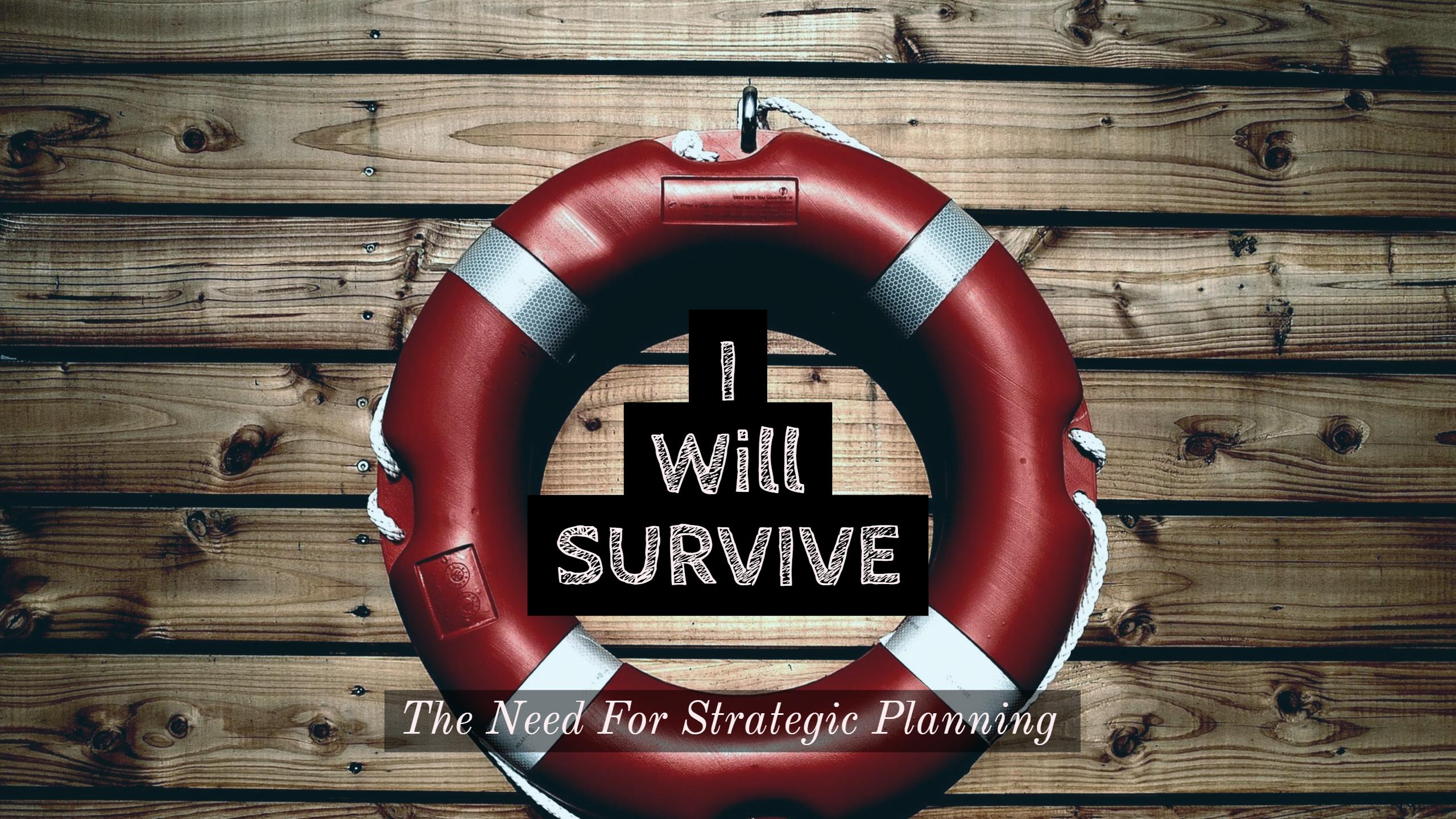
In reviewing the need and importance of strategic planning, I was reminded of the work I did in graduate school in my Technology Infrastructure class on systems security and disaster recovery. The COSN module on strategic planning emphasizes the importance of both — as well as the vital step of matching technology purchases and plans to the needs of the students and the district. In a dramatic and disappointing twist, it does not mention Gimple’s phenomenal pizza assertion; however, I did notice there was a contact section so maybe I could make a suggestion.
Why we need strategic planning-

In education, it would be wonderful if positions had continuity and stability. Unfortunately, it is not always possible to maintain a staff and limit attrition. In our system, our technology director has been a stable part of our administration in the district; however, with a solid strategic plan, the leadership could shift and change and all stakeholders still have a roadmap to the overall SMART goals the organization is striving to meet.

This is where you do not want your firewall to go- down for the count. Systems security is integral to the priority of keeping students safe online. Tunneling apps and VPNs threaten to make our filtering at the schools obsolete and we must continue to improve our security to help regulate what access students have using the school network. We will not be able to prevent everything but diligent effort goes a long way to securing our schools.

All systems will have disasters intermittently. What is more important is that all stakeholders are briefed on the disaster recovery plan. As more and more instruction moves online or teachers have blended classrooms, no longer is technology just an add-on to instruction, it is a valuable and necessary instructional tool. It is also instrumental in the testing of students. Troubleshooting and practicing for a network disaster helps the entire system to facilitate and run online testing and instruction more smoothly.

Knowing the funding available, spending money on the technology the district needs to meet student achievement goals and getting stakeholders to have ownership in the plan are all interrelated and important in the process. What we want to avoid is spending money on a resource that does not have teacher support, exhaust funding on devices without the infrastructure to support their usage, and having the community see the plan as unrealistic. All of these must also be considered when developing the plan for implementation.
Strategic planning is not something that I was even aware existed early in my educational career. I had no conceptual understanding of budgeting and purchasing or how the process is vetted and planned. Now, after being exposed to all the work that goes into running successful schools and developing plans, I have a much healthier respect for the individuals who are part of the strategic planning process.
How does technology play into the strategic plan at your school? Why do you think we need strategic planning with technology in conjunction with STEM initiatives? Let me know in the comments below or find me on Twitter @jklcassidy




I want to acknowledge what you said about not knowing much about strategic planning early in your education career. I also experienced the same lack of knowledge. I too have a stronger respect for staff engaged in planning for our school districts. Having a regular meeting schedule with a technology team helps solicit input from stakeholders about priorities. Data is also helpful in the process and a big part of this data is help desk tickets and resolutions. I found these ideas helpful and I think they can help you in the future as well. If you could identify one thing about strategic planning that will help you in your future technology leadership, what is it? I also noticed you wrote that staff turnover can be a problem for continuity in districts. What do you think you, as a technology leader, can do to mitigate staff turnover? Is something leaders have some control over? I don’t mind letting you know that I believe leaders have some input in staff turnover but I believe there are a plurality of causes for the high turnover in our state’s schools. I look forward to continuing the conversation.
I also agree that there are many reasons for staff attrition but I recently read an article from Indy Ed (http://www.indy.education/blog/2017/3/13/teachers-quit-principals-not-schools ) in which it talks about how a major contributing factor is the principal and leadership. I think respect is a key issue and feeling like you have a voice in the direction of the school. Pushing initiatives from the top—> down is never as successful as getting huge buy-in from all stakeholders. I think my big take-away with strategic planning is that it cannot be done in isolation. You have to make sure all voices and stakeholders are included.
Internet security at school is like a whole new world to me. I just turn on my computer and do what I need to do with little thought of the “black hats” who want to hack a school system. I too learned about the lengths that our IT people have to go through in order to keep the system safe and the information safe. It is amazing to me that “black hats” will steal the data of a pre-school student but they will and they do. I think that the cost of school security is going to continue to rise and we are going to have to be better at defending against the hackers. I hope that some of our computer savvy students will take up banner for school system safety and help put an end to the hacking. Do you every talk to students about information privacy? Do students have thoughts about this topic?
Kids at the high school level seem more interested in how to bypass security and which VPN is working vs blocked. I think it is interesting that they are more concerned about not being able to access YouTube or Netflix than they are about someone else being able to hack their transcripts. I think it is a maturity thing but I do think that security is going to continue to cost more.
First, I love the quote! TWD is one of my wife and my favorite shows. I also love the way that you broke up your thoughts into iconic phrases. The strategic plan has to include plans for the unknown and the dangers that can come with cybersecurity. We have run into issues where students have learned how to download and install PSIPHON to get around our district’s filter. These are 8, 9, & 10 year olds that have learned from older siblings and from the wonderful world of Youtube. Despite my team’s best efforts (there’s only 2 of us) and several lessons on digital citizenship, students have continued to find workarounds. How can we ensure that students will always do the right thing with their device and not put themselves in danger of being unprotected from the filter?
We too have tons of issues with tunneling software and VPNs. We are very lenient with our BYOT policy and cell phones are everywhere. It makes it very difficult to preserve the network resources for instruction when kids are streaming the vampire diaries as they eat lunch. Sigh. I think security is going to continue to improve. I would love to see us go to a commercialised version of “The Circle” which is from Disney. We have it at my house and it is amazing. You give each person a profile and it limits what they access and tracks all of their online activity. It would be more complicated to set-up but I think it would be better in the long term and keep kids safer.